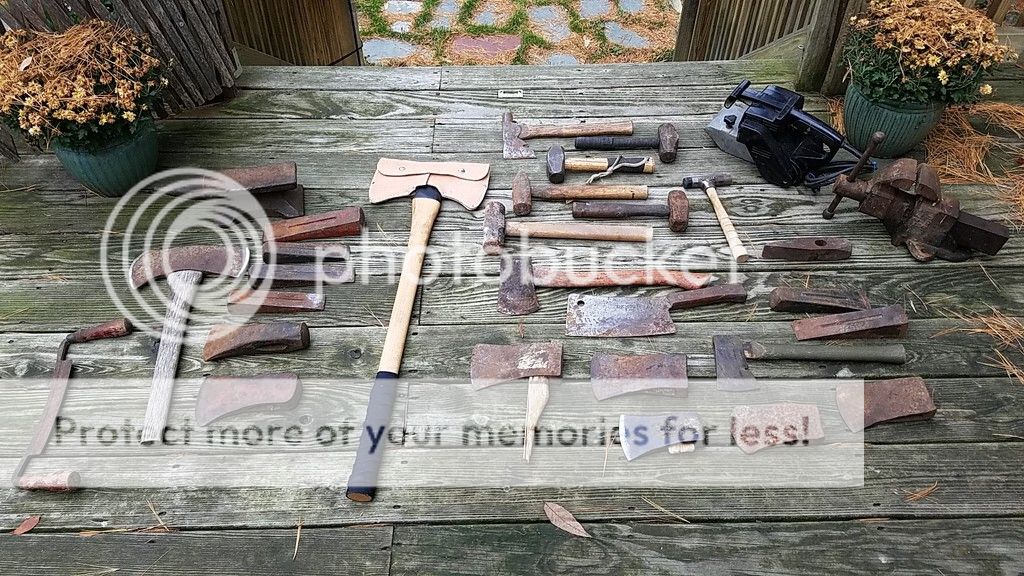I can't take credit for that, since I read it somewhere (but don't recall the source).
Oh sure 'someone read about it somewhere' but oftentimes that sleuthing interpretation does 'see the light of day' entirely from you! Historians weren't physically present at whatever events they vividly describe either. You were the only one to address my query about the interpretation of common 3 2 stamps on domestic heads awhile ago. Domestic makers, for some strange reason, didn't stamp their axes with other versions (1 3 for 1 3/4 house axe, 2 1 or 2 1/4 for boy's axe) and quinton's dbl is the first evidence (that I've seen) to substantiate your reasoning on this.








